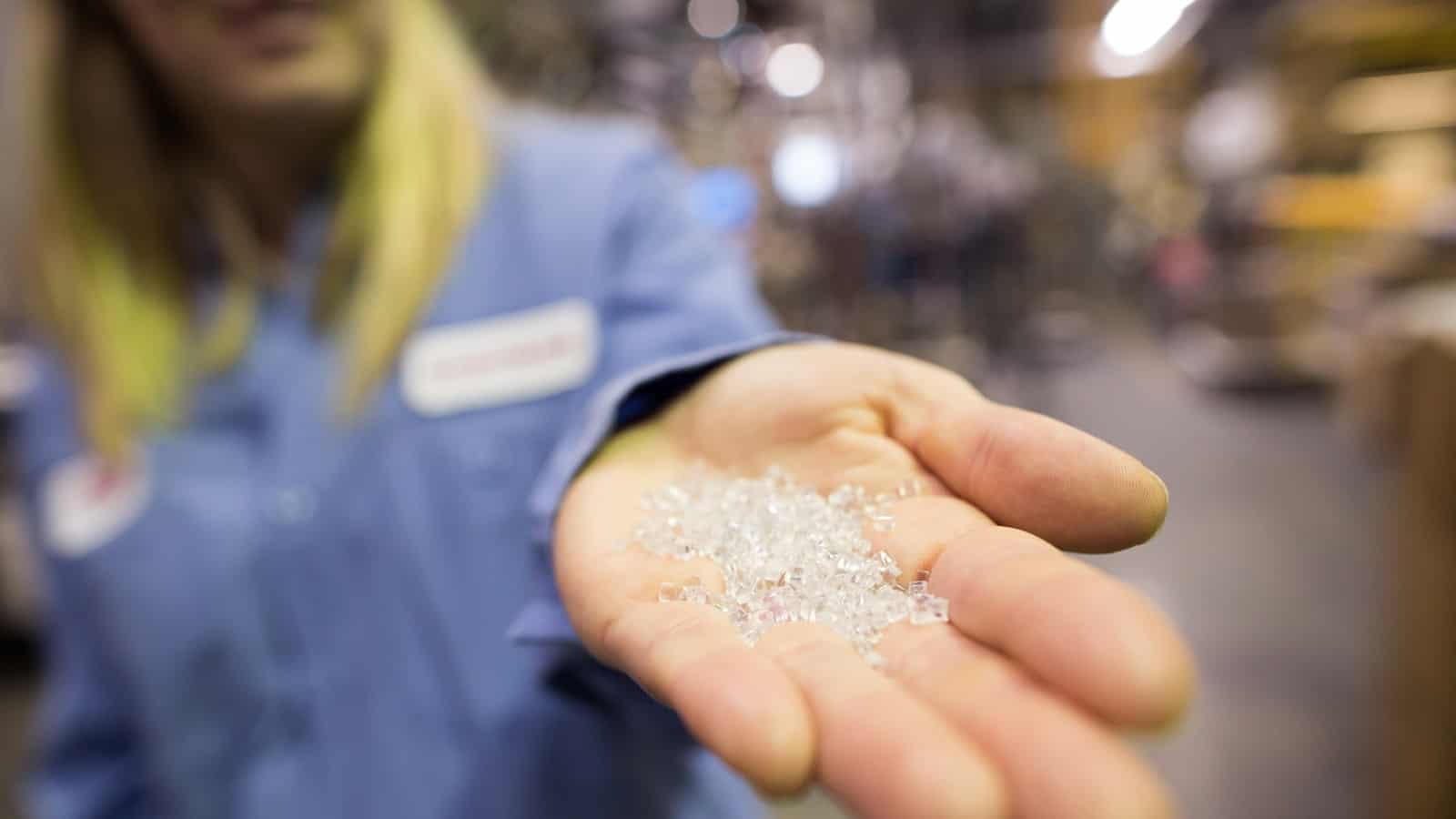How Eastman Strives for a Circular Plastics Economy

Eastman may be a specialty materials company, but its focus these days is expansive: the well-being of the planet and the sustainability of manufacturing practices.
“We have three main pillars,” Eastman Executive Vice President and Chief Technology & Sustainability Officer Steve Crawford told us. “How do you improve the climate? How do you care for society? And how do you eliminate waste?”
Eastman means to do all three.
Circular economy: Among Eastman’s goals for the foreseeable future is making major strides toward the creation of a circular plastics economy, a model of production and usage that emphasizes the reuse and refurbishment of plastic products over new creation.
- Eastman encourages traditional, also known as mechanical, recycling when it can be used. However, “300 million metric tons of plastic get produced in the world every year, with less than 20% collected for mechanical recycling. In the U.S., less than 10% actually gets recycled,” said Crawford, who has been with Eastman for 35 years. “Most of it ends up in landfills, incinerated or worse.”
Under construction: Eastman, which plans to make its operations carbon-neutral by 2050, is constructing what will be one of the world’s largest plastic to plastic molecular recycling facilities in Kingsport, Tennessee. It is slated for completion by the end of 2022.
- Eastman estimates that by 2025, the facility will be diverting 250 million pounds of plastic waste every year. By 2030, the company plans to make that figure 500 million.
Why it’s important: “Mechanical recycling—where you go out and take items like single-use bottles, chop, wash and re-meld them and put them back into textiles or bottles—can only really address a small portion of the plastics that are out there,” Crawford said. After a few cycles, the polymers in the products degrade and the process is no longer possible.
- Instead, Eastman uses advanced, also known as molecular or chemical, recycling. “We unzip the plastic back to its basic building blocks, then purify those building blocks to create new materials,” Crawford said. This “creates an infinite loop because that polymer can go through that process time and time again.”
Additional measures: Eastman also makes use of carbon renewal technology, in which hard-to-recycle mixed plastics are brought into the recycling stream, broken down to the molecular level and reformed into textiles and other materials. Fully 40% of the material in Eastman’s Naia Renew cellulosic fiber, in fact, comes from the plastic reclaimed through this process, Crawford said.
- The company is involved in polyester renewal technology as well. Using colored soda bottles, old carpet and a variety of other mixed plastic waste streams, Eastman creates new materials that can be used to make everything from reusable containers to electronics to eyeglass frames.
First do no harm: Before implementing any new technology, Eastman makes sure of one thing: that it has a lower greenhouse-gas footprint than the process it will replace. Said Crawford: “We fundamentally believe that solving the waste issue should not hurt the climate.”
- The company also has a long-term goal regarding emissions: it plans to reduce its greenhouse-gas output by one-third by 2030.
The policy angle: To make a real difference where plastic waste is concerned, the U.S. needs “smart” policies in place, Crawford said. Eastman’s recommendations include:
- Incentives, mandates and infrastructure investment that will increase all recycling;
- Cooperation between companies, nonprofits and local and state governments that have effective models for aggregating and collecting plastic waste; and
- Legislation to ensure the definition of recycling includes advanced-recycling techniques.
The last word: “There is no one company that’s going to be able to create the circular economy by themselves,” Crawford said. “It’s going to take partnerships across the value chain and really smart public policy. We can’t solve this issue alone.”
